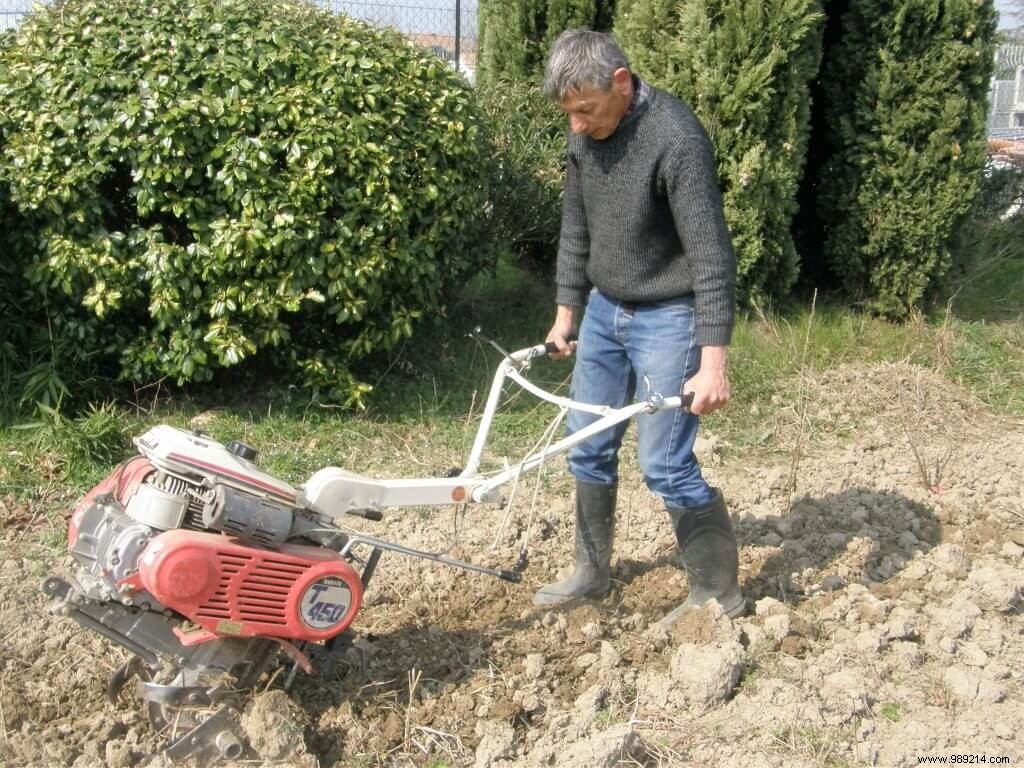10 techniques to put in place in your garden to limit chemical inputs and why not, do without!
Plants feed mainly on elements found in the soil. These elements for the most part result from a transformation of organic matter by the inhabitants of the soil. Without soil animals, worms, insects, spiders, crustaceans… but also micro-organisms, bacteria, fungi… the transformation of organic matter into plant food could not take place. It is therefore necessary to promote the life of the soil, by providing shelter and food! Food, drink, air and enough to reproduce.
Cultivation practices in the garden, and among others, tillage, must take these parameters into account. Sudden overturning (tiller cutters) or deep plowing, bare or packed earth, disrupt the life of the soil, impoverish it and therefore weaken the plants, increasing the risk for them of not being able to defend themselves naturally against parasitic attacks. However, alternative techniques exist. Soil aeration without turning over, working the soil on the surface avoids the mixing of the soil layers. These cultural operations are beneficial for the plants, for the inhabitants of the soil and also for the gardener.
1. the plant adapted to its environment
2. Biodiversity
3. soil fertility
4. Irrigation management
5. mulching
6. Managing invasive plants
7. the right gestures at the right times
8. The right tool, adapted, maintained
9. Companion plants
10. Crop rotation:2 years of vacation!
Conclusion

motor cultivator, disorganization of the soil layers